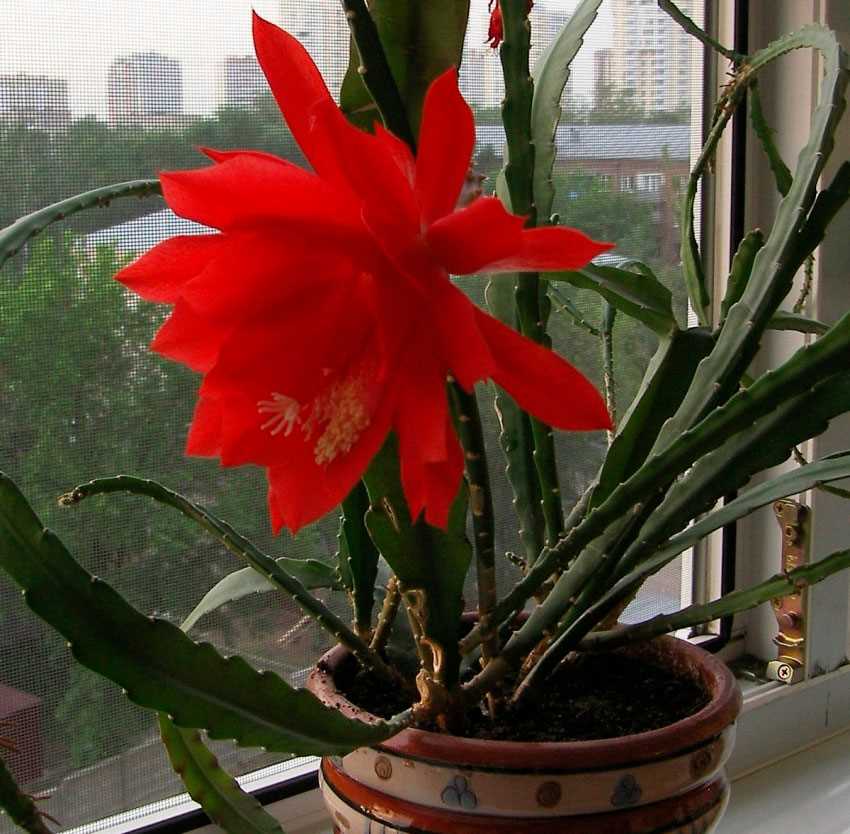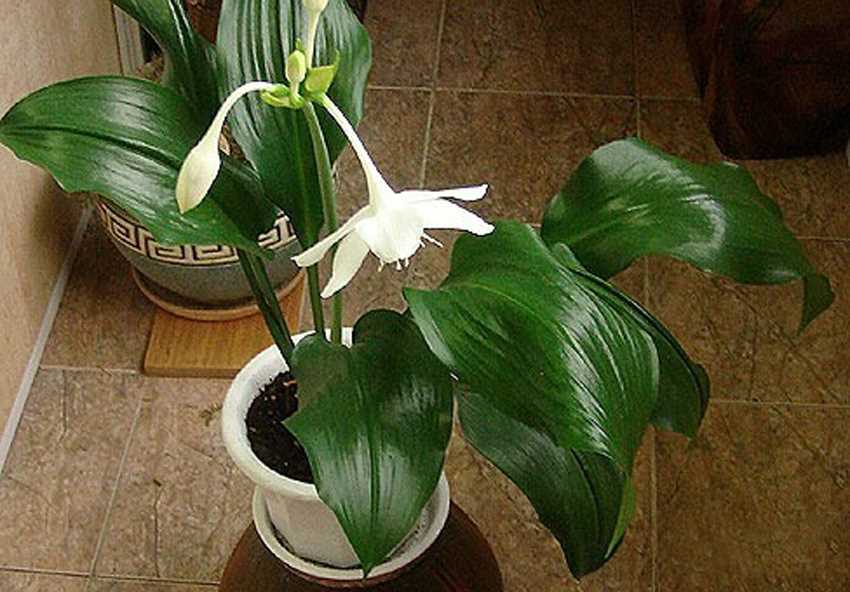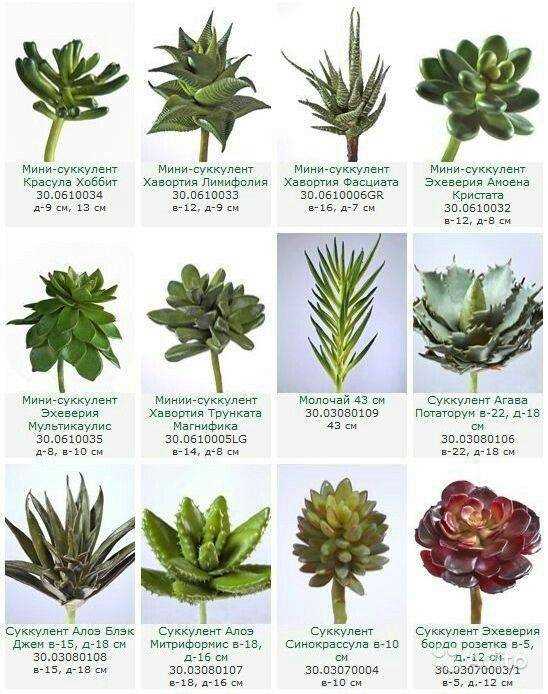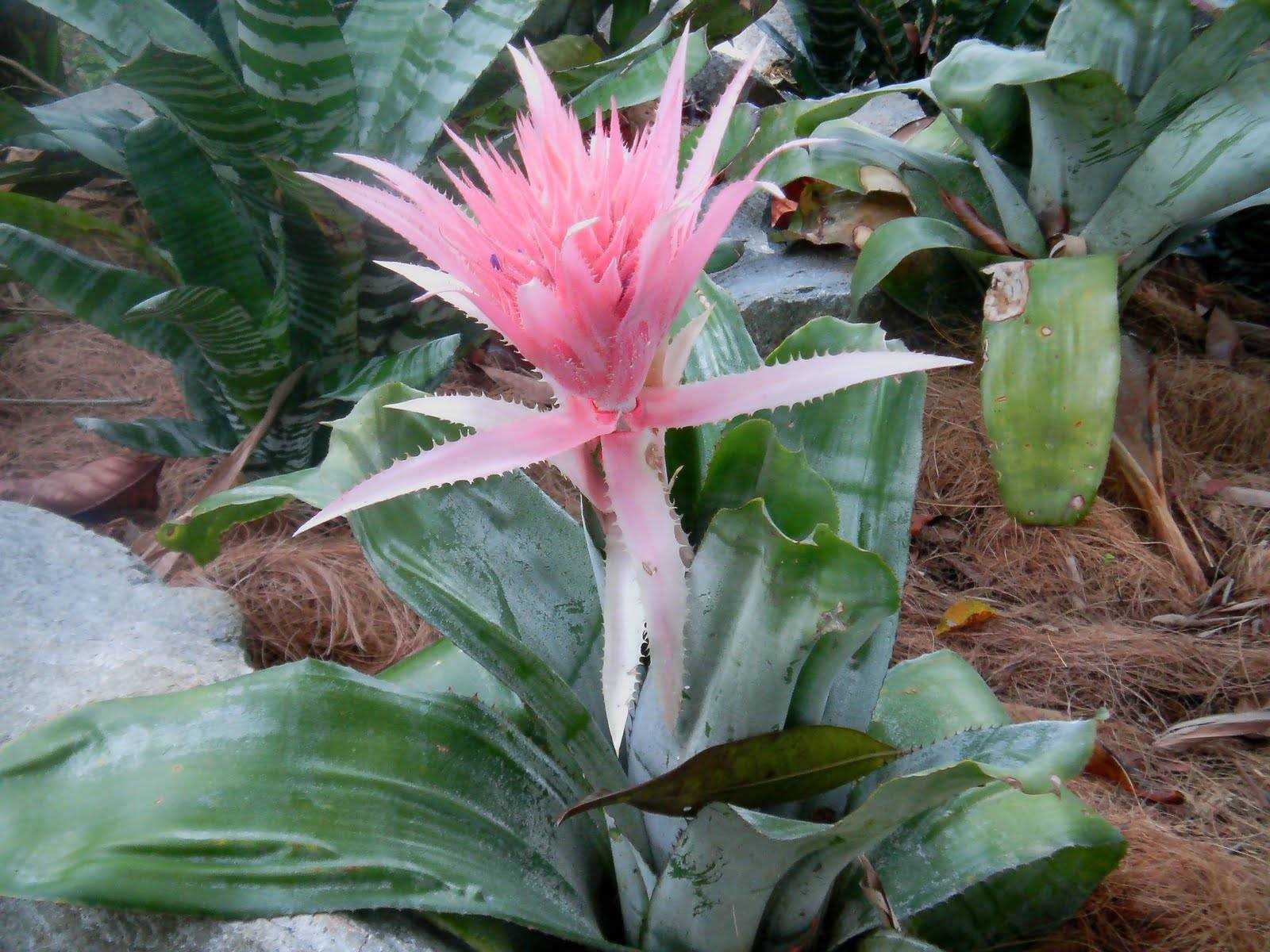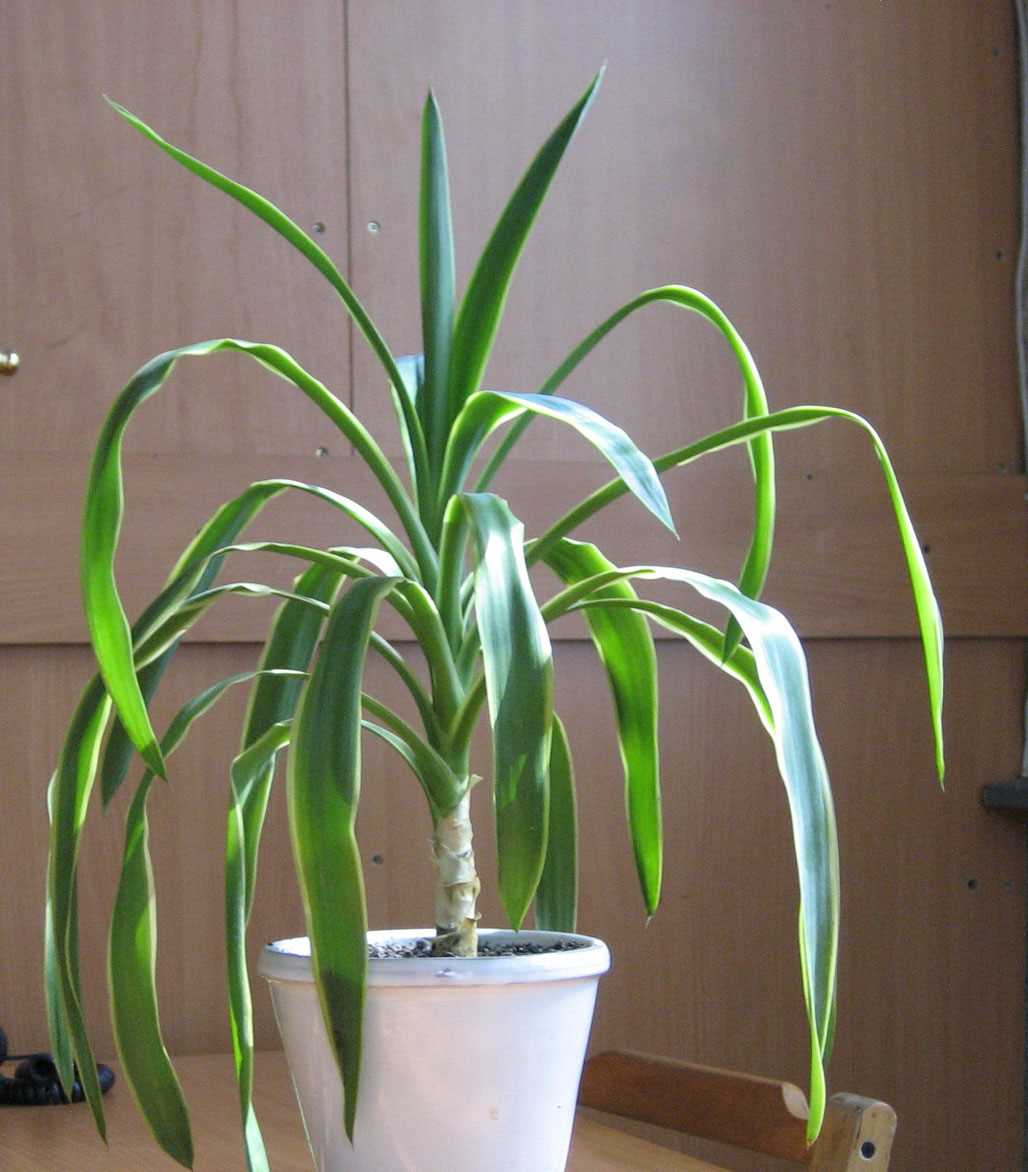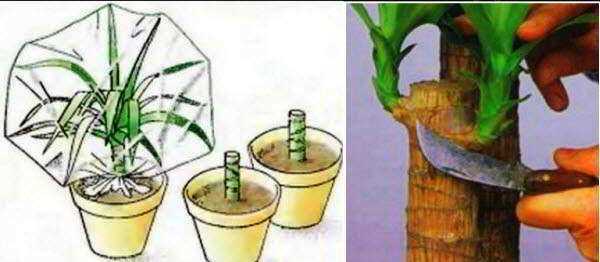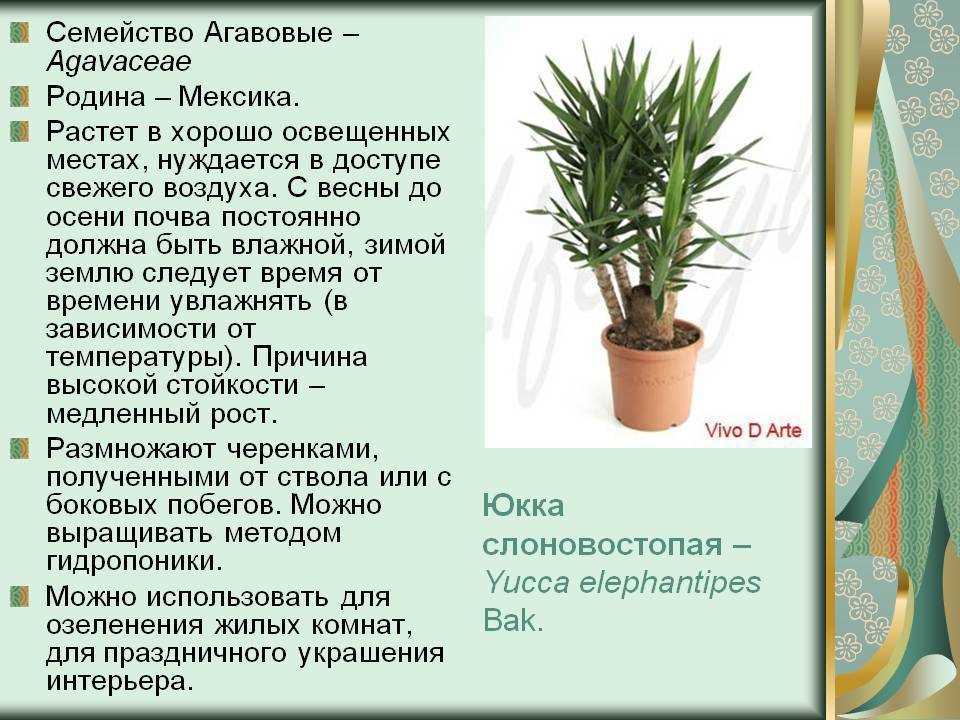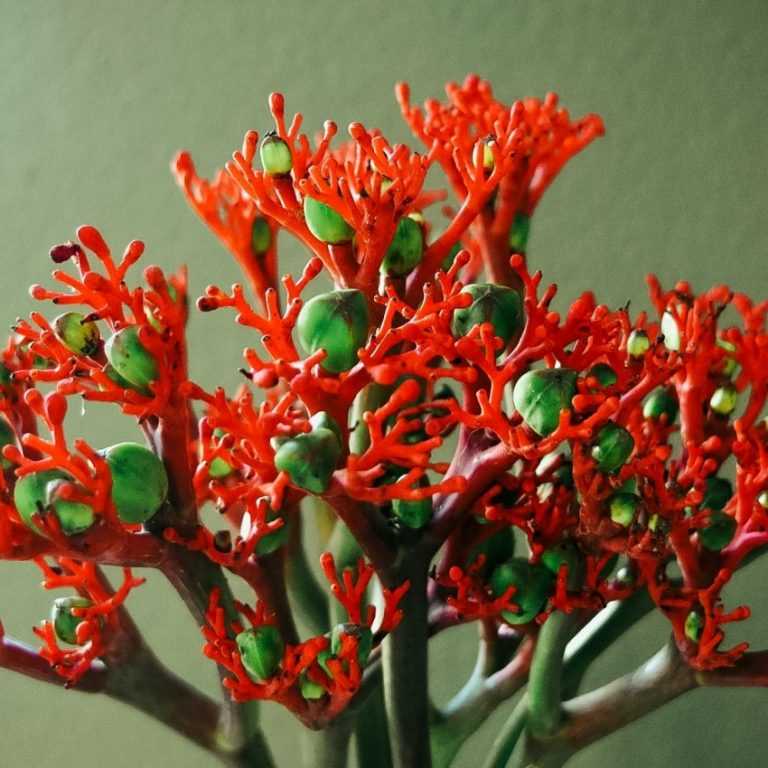- Уход за хатиорой
- Освещение
- Полив
- Температура и влажность
- Удобрение
- Как размножить хатиору
- 1. Подготовка к размножению
- 2. Размножение черенками
- 3. Размножение семенами
- 4. Размножение делением куста
- Описание видов хатиоры
- Чихуахуа
- Йоркширский терьер
- Мопс
- Как обеспечить комфортное содержание
- Правильное освещение
- Поддержание оптимальной температуры и влажности
- Уход за почвой и орошение
- Обеспечение пространства для роста и развития
- Что нужно знать о температурном режиме
- Оптимальная температура для хатиор:
- Температурный режим зимой:
- Температурный режим летом:
- Как определить здоровье хатиоры
- Внешний вид
- Аппетит
- Активность
- Уши и глаза
- Как кормить хатиору
- Какие предметы аквариумной утвари нужны для хатиоры
- Фильтр
- Обогреватель
- Осветитель
- Декорации
- Термометр
- Грунт и растения
- Хатиора: травянистый или хищный?
- Размеры хатиоры
- Места обитания в природе
- Интересные факты о хатиоре
- Вопрос-ответ:
- Как ухаживать за хатиорой?
- Как размножать хатиору?
- Какие существуют виды хатиоры?
- Как часто нужно поливать хатиору?
- Какая температура подходит для выращивания хатиоры?
Хатиора — это крупное вечнозелёное дерево семейства Рутовых, происходящее из тропического китайского плегио. Хатиора прекрасно подходит для выращивания в помещении, украшает интерьер и улучшает качество воздуха.
Уход за хатиорой довольно простой. Она требует яркого, но рассеянного освещения и умеренного полива. При поливе следует избегать застоя воды в горшке, так как это может вызвать гниение корней. Важно регулярно обрабатывать хатиору от вредителей и пыли, а также периодически подкормливать комплексными удобрениями.
Хатиоры размножают либо черенками, либо семенами. Размножение черенками происходит весной или осенью. Для этого вырезаются веточки длиной около 10 см с несколькими листьями, которые затем помещаются в рассадник или горшок с влажной почвой. Через несколько недель появится корневая система, и растение можно пересадить в постоянный горшок.
Существует несколько видов хатиоры, отличающихся размером и формой листьев. Например, хатиора зеленая имеет округлые листья с темно-зеленым оттенком, тогда как у хатиоры желтоватой листья меньше и имеют желтовато-зеленый цвет. В больших помещениях можно выращивать хатиору в виде высокого дерева, а в небольших варианты с низкорослыми сортами идеально обрамляют комнату.
Хатиора — прекрасное растение для создания зеленых уголков в помещении и придания ощущения тепла и уюта. Следуя простым правилам ухода, вы сможете наслаждаться красотой и пользой этого растения в течение многих лет.
Уход за хатиорой
Хатиора – это растение, которое нуждается в особом уходе для своего здоровья и красоты. Для того чтобы правильно ухаживать за хатиорой, необходимы определенные условия содержания и удовлетворение ее потребностей.
Освещение
Хатиора предпочитает яркое, но рассеянное солнечное освещение. Она хорошо растет на окнах, выходящих на восток или запад, где она получает утреннее или вечернее солнце. Во избежание ожогов листьев, следует предоставить растению дополнительную тень во время самого интенсивного солнечного времени дня.
Полив
Хатиора нуждается в регулярном поливе, но не переносит застоя влаги. Важно поддерживать постоянную влажность почвы, но не допускать ее пересыхания или переувлажнения. Поливайте хатиору достаточно, чтобы почва оставалась влажной на ощупь, но не мокрой.
Температура и влажность
Хатиора предпочитает теплый климат с температурой от 20 до 25 градусов по Цельсию. Она чувствительна к сквознякам и резким перепадам температуры. Для обеспечения оптимальной влажности воздуха вокруг растения, можно распылять воду на его листьях или поместить горшок с хатиорой на подставку с влажными камнями.
Удобрение
Растение нуждается в регулярном подкормке для поддержания его здоровья и красоты. Рекомендуется использовать специальные удобрения для комнатных растений, содержащие необходимые макро- и микроэлементы. Удобряйте хатиору каждые две недели в период активного роста и раз в месяц в остальное время года.
Следуя этим рекомендациям по уходу за хатиорой, вы сможете наслаждаться ее зеленью и красотой в течение длительного времени.
Как размножить хатиору
1. Подготовка к размножению
Перед тем, как приступить к размножению хатиоры, необходимо обеспечить ей оптимальные условия для развития и роста. Растение должно быть здоровым и хорошо укорененным. Пересадите хатиору в новую горшок, выбрав грунт, подходящий для суккулентов. Поставьте растение на яркое и солнечное место, при этом избегайте прямого солнечного зайчика.
2. Размножение черенками
Один из самых распространенных способов размножения хатиоры — черенкование. Для этого отрежьте от здорового материнского растения черенок длиной около 10 см. Удалите нижние листья и оставьте черенок высушиться в течение нескольких дней. После этого посадите черенок в грунт для суккулентов, укорените влажной среде и держите на светлом и теплом месте. Через несколько недель у черенка должны появиться корни, и его можно пересадить в отдельный горшок.
3. Размножение семенами
Еще один способ размножения хатиоры — использование семян. Соберите спелые семена с материнского растения и высушите их в течение 1-2 недель. Затем посадите семена в грунт для суккулентов, слегка приприте их в почву. Удерживайте почву влажной и размещайте ее на светлом месте. Через несколько недель семена должны прорасти, и молодые растения можно пересадить в отдельные горшки.
4. Размножение делением куста
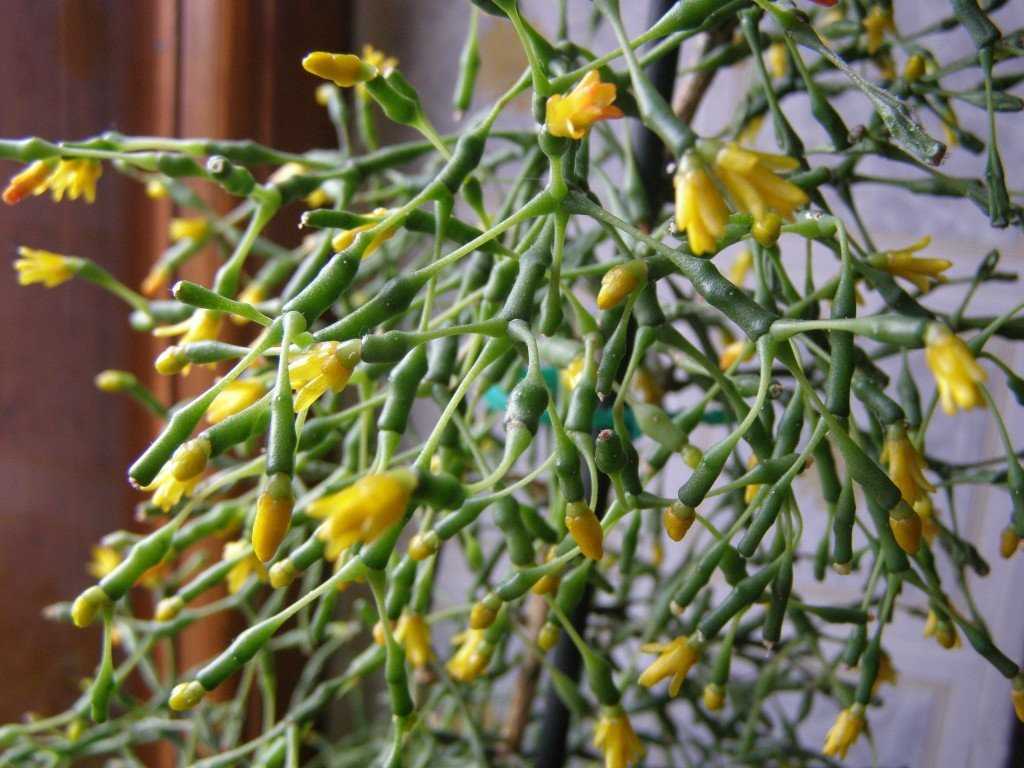
Если у вас уже есть зрелый и крупный куст хатиоры, вы можете размножить его путем деления. Осторожно вытащите растение из горшка и разделите его на несколько частей, постараясь сохранить целостность корней. Посадите каждую часть в отдельный горшок с грунтом для суккулентов и укорените их на светлом месте. Постепенно увеличивайте полив и обеспечивайте растения оптимальными условиями для роста.
Таким образом, хатиора может размножаться через черенки, семена и деление куста. Выбирайте подходящий для вас способ размножения и следуйте правилам ухода, чтобы получить здоровые и красивые растения.
Описание видов хатиоры
Чихуахуа
Чихуахуа – вид хатиоры, характеризующийся своим маленьким размером и живостью. Они имеют карликовое телосложение и весят всего несколько килограммов. Чихуахуа обладают шелковистой шерстью, которая может быть как длинной, так и короткой. Они являются очень социальными животными и всегда будут стараться быть в центре внимания. Чихуахуа — колоритные и забавные собаки, которые могут быть привязаны к своим хозяевам.
Йоркширский терьер
Йоркширский терьер — это небольшая порода хатиоры, весит до 3 кг. Их шерсть является их визитной карточкой: она гладкая, густая и шелковистая. Йоркширские терьеры имеют своеобразный характер — они умны, энергичны и самостоятельны. Они легко приучаются к лотку, активны и игривы. Эти маленькие собаки идеально подходят для жизни в квартире, но им требуется регулярная гигиена и уход за шерстью.
Мопс
Мопс – это порода хатиоры с необычным внешним видом и дружелюбным характером. У них особенный гипертрофированный нос, круглые глаза и сморщенный лоб. Мопсы имеют компактное телосложение и короткую, гладкую шерсть. Они обладают высоким интеллектом и смешным нравом. Мопсы являются преданными и хорошими спутниками, которые быстро становятся членами семьи. Они очень адаптивны и могут прекрасно жить в любом типе жилища.
Как обеспечить комфортное содержание
Для обеспечения комфортного содержания хатиоры необходимо учитывать несколько важных факторов.
Правильное освещение
Хатиоры любят свет, но они не переносят прямые солнечные лучи. Подбирайте место для размещения хатиоры с учетом естественного освещения в помещении. Если света недостаточно, рекомендуется использовать искусственное освещение. Для этого можно использовать специальные лампы или лампы с фитолампами, создающими близкий к солнечному спектр света.
Поддержание оптимальной температуры и влажности
Хатиоры нуждаются в определенных условиях температуры и влажности. Оптимальная температура для большинства видов хатиор — от 20 до 25 градусов по Цельсию. Важно поддерживать стабильную температуру и избегать резких перепадов. Также необходимо поддерживать влажность воздуха на уровне 60-70%. Для этого можно использовать увлажнители или распылители воды. Регулярно контролируйте уровень влажности и при необходимости принимайте меры для ее поддержания.
Уход за почвой и орошение
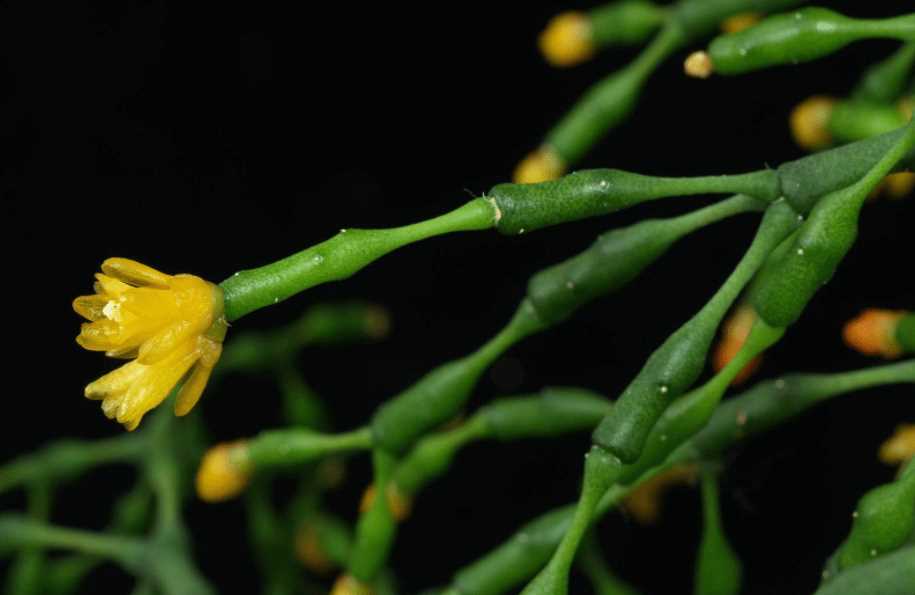
Хатиоры нуждаются в качественной почве и регулярной подкормке. Почва должна быть плодородной, легкой и хорошо дренированной. Регулярно поливайте хатиору, удерживая почву влажной, но не переувлажненной. При поливе избегайте попадания воды на листья, чтобы не вызывать появление гнили и различных заболеваний. Также регулярно подкармливайте хатиору специальными удобрениями для многолетних растений, следуя указаниям производителя по дозировке и периодичности внесения удобрений.
Обеспечение пространства для роста и развития
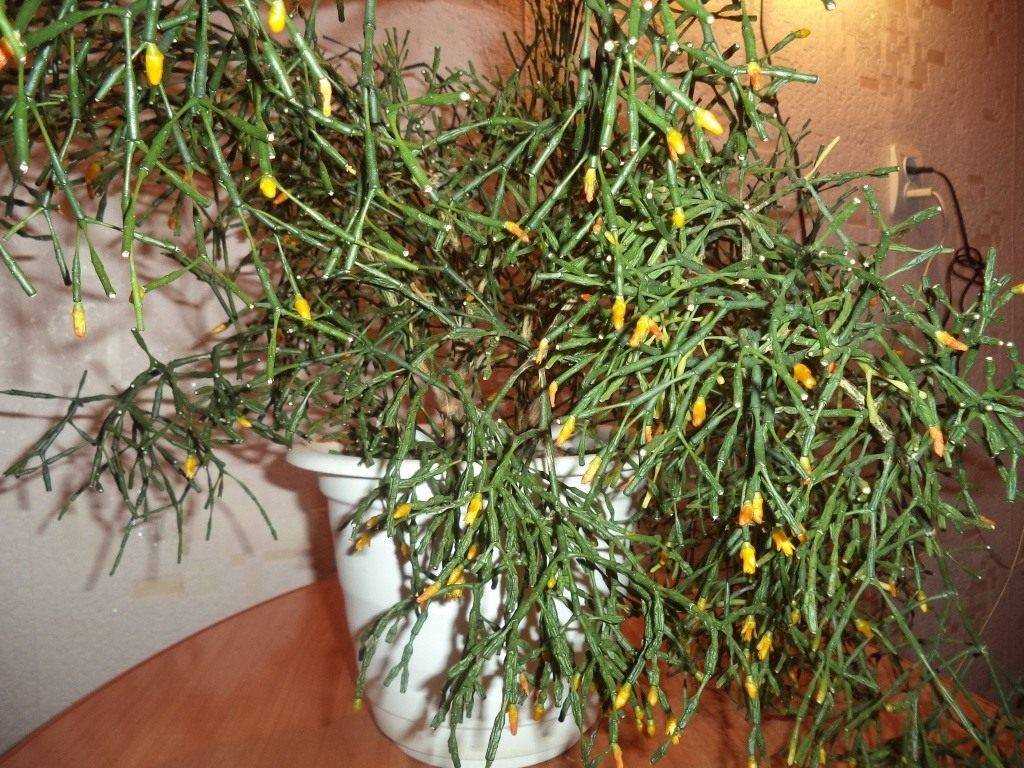
Хатиоры имеют уникальную форму роста, их стебли могут длиниться и карабкаться по опорам. Предоставьте своей хатиоре подходящую опору для восхождения. Это может быть специальная корзина, кольца поддержки, шпалеры или другие конструкции. Подберите опору, которая будет удобной как для растения, так и для вас, чтобы облегчить уход и обеспечить комфортное развитие хатиоры.
Что нужно знать о температурном режиме
Температурный режим играет важную роль в уходе за хатиорами. Правильная температура обеспечивает здоровье и гармоничное развитие растений.
Оптимальная температура для хатиор:
Хатиоры прекрасно себя чувствуют в помещениях с температурой от 20 до 25 градусов Цельсия. Важно избегать резких перепадов температуры и прямого попадания солнечных лучей на растение. Идеальное место для хатиоры – затененное окно, где она получает достаточно света, но при этом не перегревается.
Температурный режим зимой:
Зимой цветение хатиор поражает своей красотой. Чтобы поддерживать цветение, необходимо сохранять оптимальную температуру в помещении. Хатиора нуждается в прохладе зимой, поэтому рекомендуется снизить температуру до 15-18 градусов Цельсия. При таких условиях растение будет лучше переносить зимний период и весной обрадует вас новыми бутонами.
Температурный режим летом:
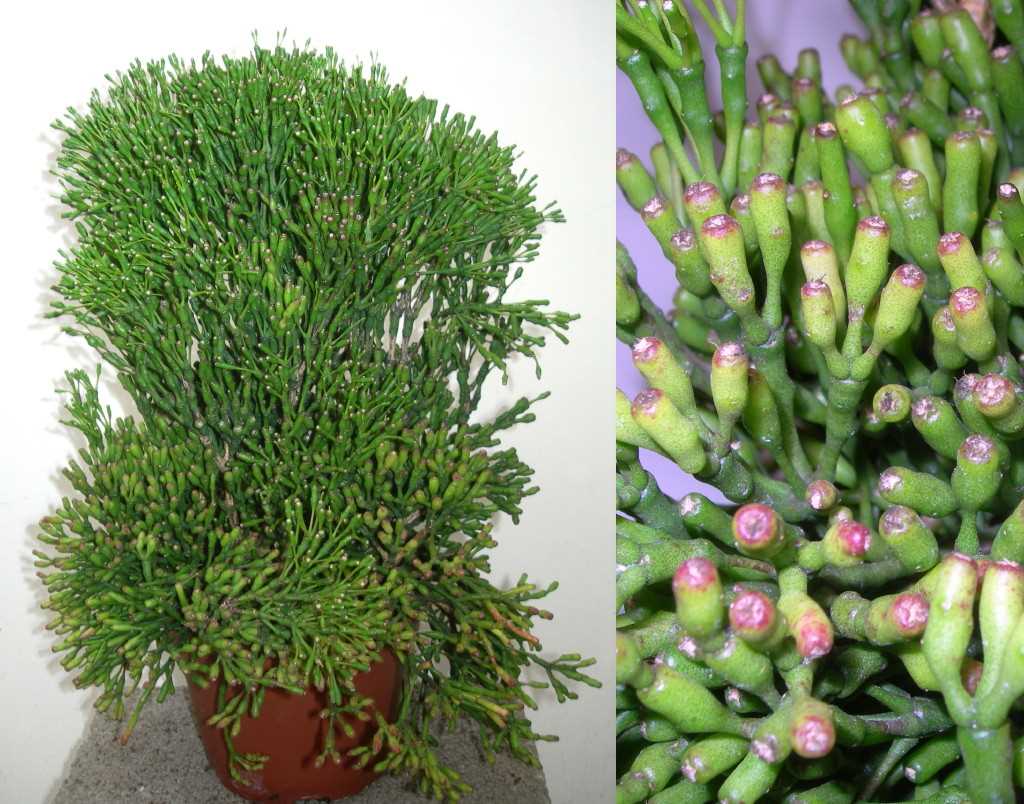
Летом хатиоре требуется более высокая температура, чем зимой. Оптимальная температура для роста и развития растения в летний период составляет 25-30 градусов Цельсия. Однако, важно избегать прямых солнечных лучей и перегревания растения, поэтому рекомендуется обеспечить хатиоре небольшую тень или накрыть стекло специальной пленкой, отражающей солнечные лучи.
Соблюдение правильного температурного режима поможет вашей хатиоре оставаться здоровой и радовать вас своим прекрасным видом на протяжении всего года.
Как определить здоровье хатиоры
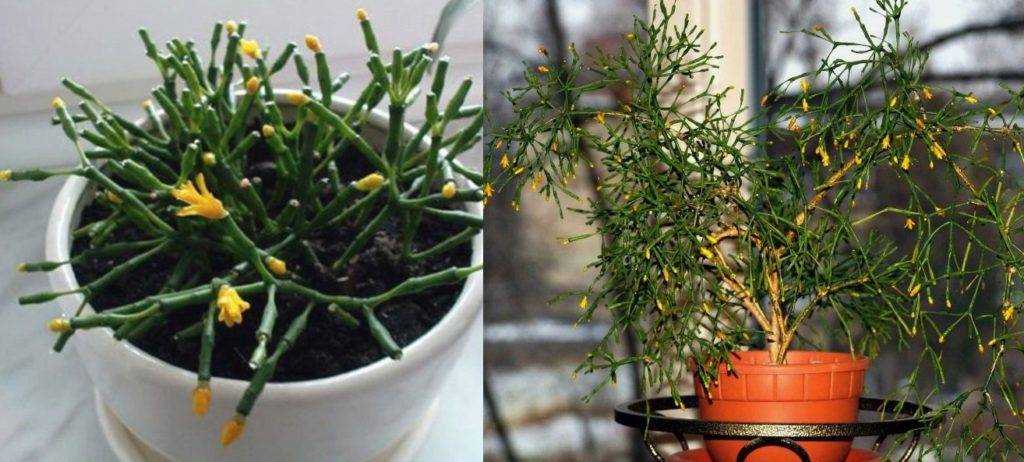
Здоровье хатиоры можно определить по нескольким ключевым признакам.
Внешний вид
При осмотре хатиоры необходимо обратить внимание на ее внешний вид. Здоровая хатиора должна иметь блестящие перья, которые легко поддаются распушиванию. Кожа на голове и ногах хатиоры должна быть розовой или коричневой без наличия высыпаний или пятен.
Аппетит
Здоровая хатиора имеет хороший аппетит и без проблем потребляет свою обычную пищу. Если хатиора отказывается от пищи или показывает уменьшенный интерес к ней, это может быть признаком заболевания или неправильного ухода.
Активность
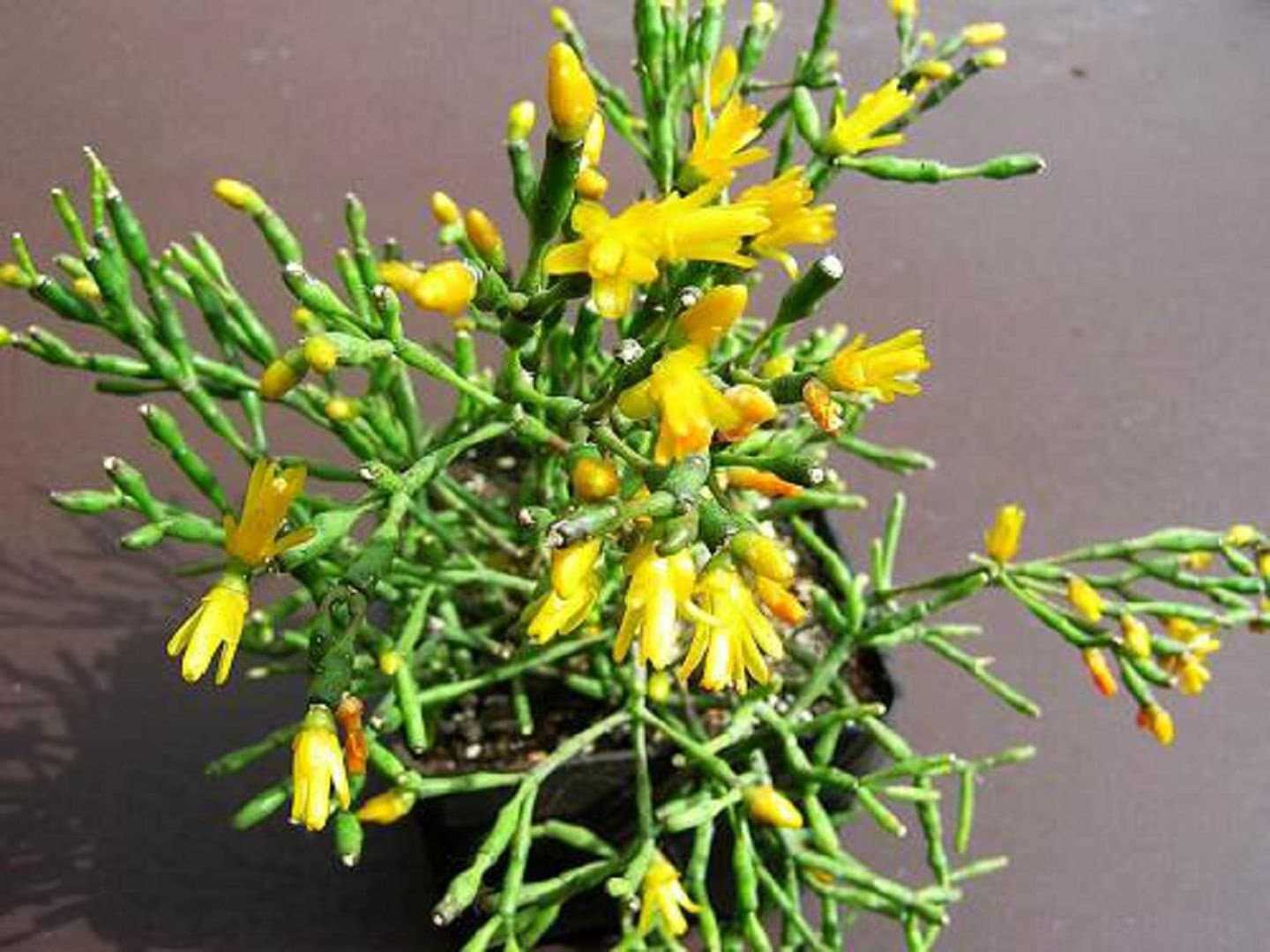
Так стоп!!! Вы всё ещё не подписаны на наши каналы в Телеграмм и Дзен? Посмотрите: ТГ - (@historyfantasydetectivechat) и Дзен (https://dzen.ru/myshortsstorys)
Здоровая хатиора обладает активным образом жизни. Она игрива, любит лазить и заниматься физическими упражнениями. Если хатиора стала менее активной, чаще спит или вялая, это может говорить о проблемах со здоровьем.
Уши и глаза
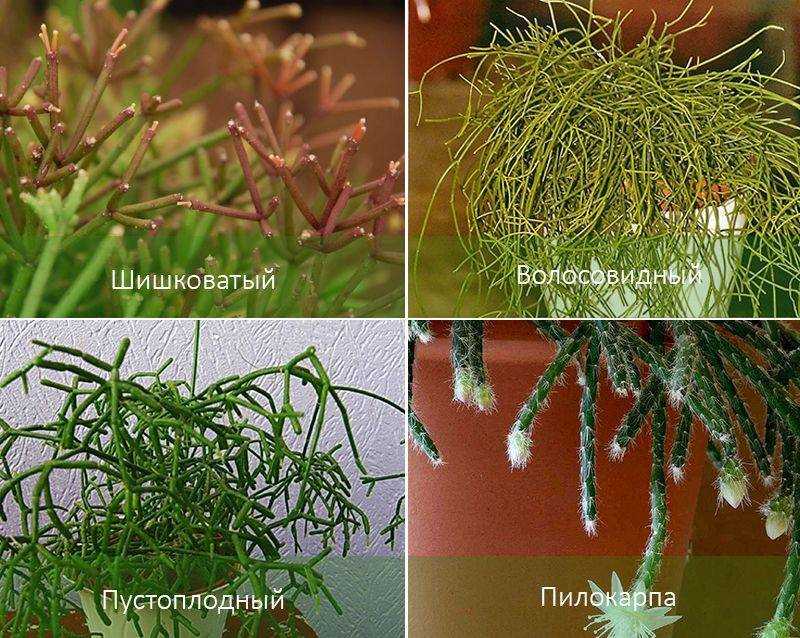
При осмотре хатиоры обратите внимание на состояние ее глаз и ушей. Глаза хатиоры должны быть ясными и без воспалений, а уши — чистыми и без наличия серной пробки или паразитов.
Важно знать, что при наличии любых сомнений по поводу здоровья хатиоры, необходимо обратиться к ветеринару для профессиональной консультации и обследования.
Как кормить хатиору
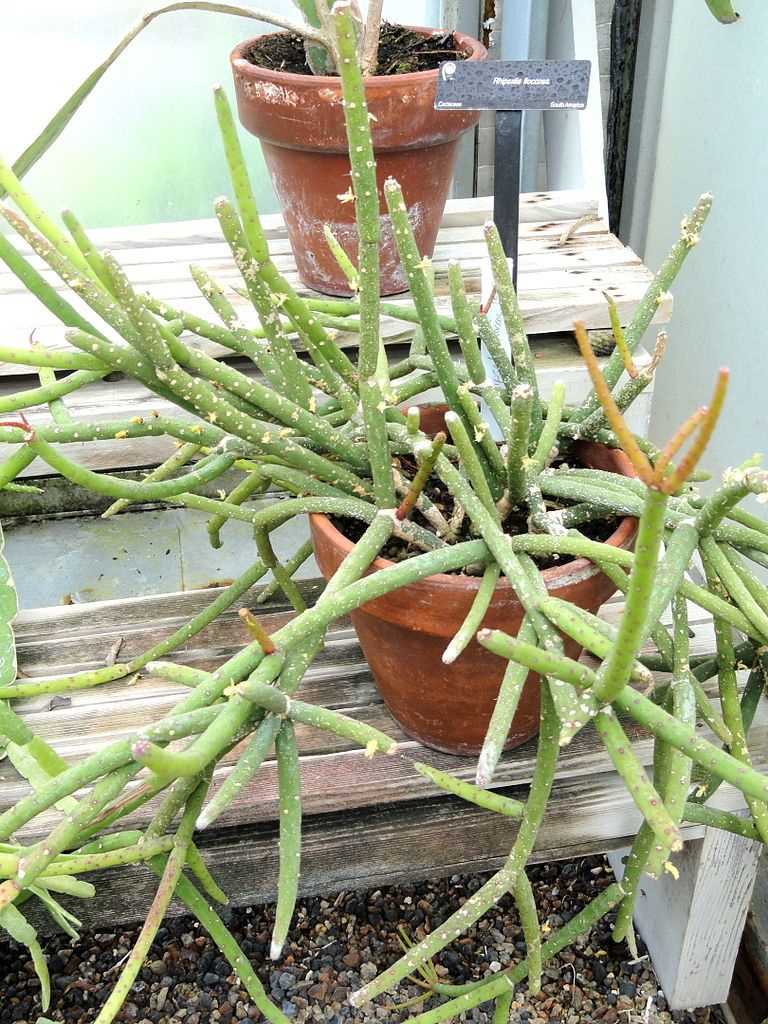
Хатиора, будучи плотоядным животным, требует особого подхода к кормлению. Её рацион должен включать различные виды мяса, чтобы удовлетворить её потребности в белке и других необходимых питательных веществах.
Диета:
- Основная часть рациона хатиоры должна состоять из свежего мяса. Предпочтительным выбором будет говядина или курица, но можно также давать и другие виды мяса, такие как индейка или баранина.
- Дополнительно в рационе хатиоры должны присутствовать субпродукты животного происхождения, такие как печень, почки или сердце. Они являются источником витаминов и минералов, необходимых для здоровья и развития животного.
- Рацион хатиоры может быть дополнен рыбой или морепродуктами. Они также являются источником белка, а также полезных омега-3 жирных кислот.
- Хатиора не должна получать пищу, содержащую сахар или углеводы, так как её пищеварительная система не предназначена для их переваривания.
- Важно обратить внимание на правильное соотношение кальция и фосфора в рационе хатиоры. Они необходимы для здорового развития костей и зубов.
Прежде чем вносить изменения в рацион хатиоры, всегда стоит проконсультироваться со специалистом или ветеринаром, чтобы удостовериться, что вы предлагаете ей правильные и полноценные продукты питания.
Какие предметы аквариумной утвари нужны для хатиоры
Для комфортного содержания хатиоры в аквариуме необходимо предусмотреть определенный набор предметов аквариумной утвари. Подобранные с учетом требований к водной среде и условиям жизни хатиоры, они способствуют ее благополучию и комфорту.
Фильтр
Фильтр является неотъемлемой частью аквариумного оборудования для хатиоры. Он обеспечивает поддержание чистоты воды и ее циркуляцию, удаляя загрязнения и равномерно распределяя температуру и кислород в аквариуме. Подбирайте фильтр с учетом размерности аквариума и потребностей хатиоры.
Обогреватель
Хатиорам важна определенная температура воды в аквариуме. Для поддержания необходимого теплового режима необходимо использование обогревателя. Он помогает поддерживать стабильную температуру воды и создает комфортные условия для хатиоры.
Осветитель
Осветитель является важной составной частью аквариумной утвари для хатиоры. Он создает естественное освещение, которое необходимо для выполнения многих физиологических процессов у рыбы. Кроме того, он помогает создать определенную атмосферу и эстетический вид аквариума.
Декорации
Декорации являются не только эстетическим элементом аквариума, но и местом для укрытия и игры хатиоры. Рекомендуется использовать различные декоративные элементы, такие как камни, кораллы, растения и пещерки. Они создают натуральную обстановку в аквариуме и служат для удобства и безопасности хатиоры.
Термометр
Термометр является важным инструментом для контроля температуры воды. Он позволяет следить за стабильностью и правильностью теплового режима в аквариуме. Рекомендуется выбирать надежные и точные термометры, чтобы иметь возможность своевременно реагировать на изменения температуры.
Грунт и растения
Грунт и растения являются необходимым элементом для создания естественной среды и обогащения аквариума. Они способствуют образованию основной микрофлоры, обеспечивают рыбкам место для поиска пищи и укрытий. Оптимально выбирать грунт и растения, соответствующие требованиям хатиоры по водным условиям и типу аквариума.
Хатиора: травянистый или хищный?
Хатиора – это растение из семейства капустных. Зачастую ее называют травянистой, так как она имеет длинные, сочные листья и стебли, похожие на траву. Но многие считают ее хищным растением, и это не случайно.
Хищность: Хатиора является хищным растением. Она имеет два способа получения питательных веществ. Во-первых, хатиора является паразитом, она проникает своими корнями непосредственно в корня других растений и черпает оттуда воду и минеральные вещества. Во-вторых, она также способна улавливать и поглощать мелких организмов, таких как насекомые и маленькие животные. Таким образом, хатиора получает дополнительные питательные вещества для своего роста и развития.
Особенности размножения: Хатиора размножается семенами и клубнями. Семена этого растения очень маленькие и легкие, их распространение осуществляется ветром. Клубни, которые являются специализированными подземными стеблями, также служат средством размножения. Когда клубень попадает на подходящую почву, он начинает разрабатывать корни и стебли, и новое растение начинает расти.
Виды: Хатиора включает в себя несколько видов, наиболее известные из которых — это хатиора пурпурная, хатиора зеленоватая и хатиора розовая. Хатиора пурпурная имеет темно-зеленые листья с пурпурными прожилками, хатиора зеленоватая имеет зеленые листья без прожилок, а хатиора розовая — розовые листья с зелеными прожилками.
Размеры хатиоры
Хатиора – это небольшие, но очень интересные существа, и их размеры тоже несравнимы с другими представителями животного мира. Взрослое животное хатиора может достигать длины около 3-4 сантиметров. Этих миниатюрных созданий можно сравнить с карандашом или ластиком. Их тело удлиненной формы и покрыто разнообразными рисунками и окрасами, что делает их по-настоящему уникальными и привлекательными.
Помимо общей длины, также имеет значение и размер головы хатиоры. Она относительно крупная по сравнению с телом и выделяется на фоне остальной части. Голова служит основным органом чувств, и у хатиоры на ней находятся глаза и антенны, которые помогают ей ориентироваться в пространстве и обнаруживать пищу.
Хотя размеры хатиоры малы, они не препятствуют ей быть активным и подвижным существом. Благодаря своему компактному телу хатиора может быстро передвигаться, а гибкий хвостик и специальные лапки с лапконожками позволяют ей легко перемещаться по различным поверхностям.
Интересно отметить, что несмотря на свои небольшие размеры, хатиоры обладают значительной выносливостью и способны преодолевать большие расстояния в поисках пищи или нового места обитания. Эти маленькие существа, кажется, не знают усталости и всегда полны энергии.
Места обитания в природе
Хатиоры находятся в природе в различных типах мест обитания, предпочитая районы с влажными условиями и достаточным количеством растительности.
Одним из наиболее распространенных мест обитания хатиор являются болота и трясины. Здесь хатиоры находят укрытие в зарослях камыша и других водных растений. Из-за их способности хорошо плавать и нырять, они могут безопасно передвигаться в водной среде болотных областей.
Кроме болот, хатиоры также обитают в речных долинах и озерах. Они предпочитают места с медленно текущей водой и обилием подводной растительности, которая служит им источником пищи и укрытия.
Некоторые виды хатиоров также могут обитать на суше, предпочитая лесные и травянистые участки. Они могут строить свои гнезда на деревьях или в земле. В таких местах они получают дополнительную защиту от хищников и обеспечиваются достаточным количеством пищи из растений и насекомых.
Хатиоры приспособлены к различным типам мест обитания и обычно выбирают те, которые обеспечивают им наибольшую выгоду в виде обилия пищи и укрытия от опасностей. Их способность жить как в водной, так и на суше делает их уникальными обитателями природы.
Интересные факты о хатиоре
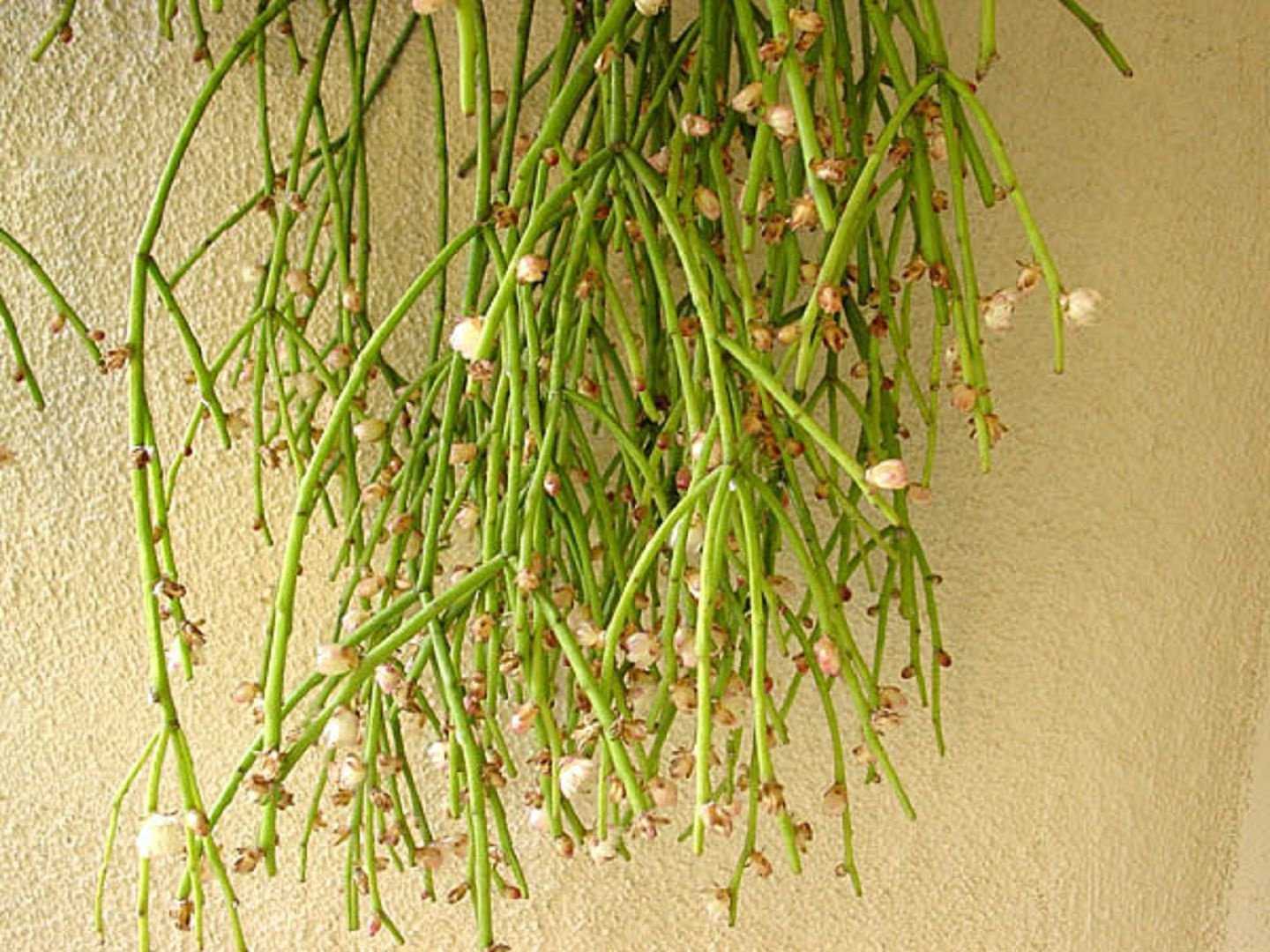
1. Хатиора – удивительное растение! В первую очередь, хатиора является вечнозеленым кустарником, который может достигать высоты до 4 метров. Это достаточно крупное растение, которое обрамляет собой альпийские цветники, садовые дорожки и входы в здания. Очень красиво смотрится хатиора в одиночной посадке или в композиции с другими кустарниками и деревьями.
2. Разнообразие видов хатиоры поражает воображение. Существует огромное количество видов хатиоры, с различными формами листьев и окраской. Некоторые виды хатиоры имеют крупные, зеленые листья, другие — мелкие, серебристые, а третьи — пестрые и цветные. Все это делает ее очень популярной в ландшафтном дизайне.
3. Хатиора — растение с крепким характером. Несмотря на свою изысканность, хатиора — очень выносливое растение. Она хорошо переносит засуху, морозы и другие неблагоприятные погодные условия. Кроме того, хатиора не требует особого ухода и может расти на различных типах почвы.
4. Хатиора — идеальный выбор для озеленения городских территорий. Благодаря своей устойчивости к загрязнению воздуха и атмосферным осадкам, хатиора очень часто используется для озеленения городских улиц, парков и скверов. Она не только украшает городскую среду, но и способна фильтровать вредные вещества, снижая загрязнение воздуха.
5. Размножение хатиоры можно осуществить несколькими способами. Самый распространенный способ размножения хатиоры — черенкование. Для этого отрезают отрастающие побеги и помещают их в субстрат. Также возможно размножение хатиоры семенами или делением куста. В любом случае, размножение хатиоры считается достаточно простым процессом.
- Самая крупная живая хатиора была обнаружена в Австралии.
- В некоторых культурах хатиора считается символом богатства и процветания.
- В народной медицине хатиора использовалась для лечения головной боли и гастрита.
Вопрос-ответ:
Как ухаживать за хатиорой?
Уход за хатиорой включает в себя регулярное поливание, поддержание оптимальной температуры, удобрение, удаление сухих листьев и обрезка растения при необходимости.
Как размножать хатиору?
Хатиору можно размножать семенами или стеблевыми черенками. Для размножения семенами необходимо собрать спелые плоды, извлечь семена и посадить их в подготовленный грунт. Для размножения черенками следует отрезать здоровые стебли с несколькими узлами, удалить нижние листья и посадить черенки во влажный грунт.
Какие существуют виды хатиоры?
Существует несколько видов хатиоры, включая Хатиору Неполную, Хатиору Розовую, Хатиору Малиновую и Хатиору Элятора. Каждый вид имеет свои особенности внешнего вида и требования к условиям содержания.
Как часто нужно поливать хатиору?
Частота полива хатиоры зависит от условий содержания. Обычно стоит поливать хатиору раз в неделю, поддерживая влажность почвы на уровне 50-70%. В зимний период полив рекомендуется уменьшить.
Какая температура подходит для выращивания хатиоры?
Идеальная температура для хатиоры составляет около 20-25 градусов Цельсия днем и 15-18 градусов Цельсия ночью. Однако различные виды хатиоры могут иметь свои предпочитаемые температурные условия, поэтому рекомендуется изучить требования конкретного вида.

